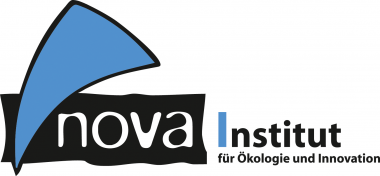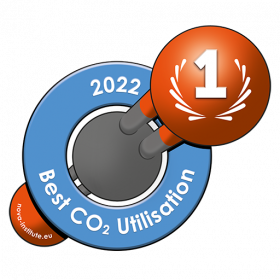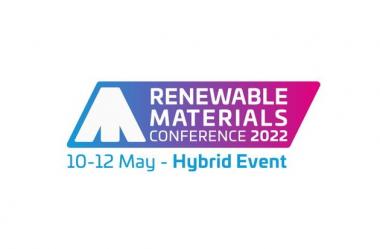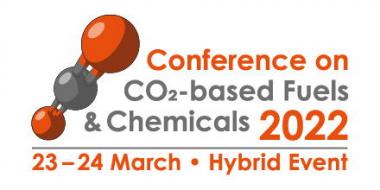Umweltfreundliche Mulchfolien für die Landwirtschaft
- Einladung zur Abschlusskonferenz des Projektes iMulch
Während Kunststoffe in maritimen Gewässern aktuell zahlreiche gesellschaftliche Akteure beschäftigen, finden Bodenbelastungen durch Kunststoffe in Äckern und Feldern durch landwirtschaftliche Folien bisher kaum Beachtung. Besonders Mulchfolien kommen sowohl zur Ertragssteigerung als auch infolge klimatischer Ursachen, immer häufiger zum Einsatz.
Dieser Thematik widmeten sich daher die Forschenden des Projektes iMulch. Um einen Nachweis von Kunststoffen in Böden und Drainagewässern zu erbringen und mögliche Folgen aufzuzeigen, untersuchte und verglich das Forschungsteam den Einfluss konventioneller erdölbasierter Mulchfolien mit bio-abbaubaren Alternativen.
Die gesammelten Projektergebnisse präsentiert das Konsortium mit Unterstützung externer Expertinnen und Experten am 28. April von 10-17 Uhr online im Rahmen der iMulch Abschlusskonferenz. Eine Anmeldung zur kostenlosen Teilnahme sowie die Veranstaltungsagenda finden sie unter dem folgenden Link:
http://imulch.eu/abschlusskonferenz/
Kunststoffemission in Böden
Um untersuchen zu können, ob der Einsatz von Mulchfolien auf Böden kritische Kunststoffemissionen verursacht, entwickelten die Forschenden zunächst eine umfassende Teststrategie. Diese ermöglichte es, Informationen zu Menge, Typ und Größe der Kunststoffpartikel sowie zu ihrem Transportverhalten und Verbleib im Boden zu gewinnen. Der erste Schritt bestand in der Entwicklung geeigneter Test-Methoden zur Bestimmung von Polymermenge, Polymerart und Polymergröße. Einsatz fanden besonders die Thermoextraktions-Desorptions-Gaschromatographie-Massenspektrometrie (TED-GC-MS), FT-IR-Spektrometrie und die konfokale Raman-Mikroskopie (CRM).
In Laborständen untersuchten sie parallel die Verwitterung von Folien in Böden und in Drainagewasser sowie das Adsorptionsverhalten von Folien in Bezug auf Schadstoffe. Ein weiterer Untersuchungsschwerpunkt bestand in der möglichen Toxizität der Folien auf aquatische und terrestrische Organismen. Die Ergebnisse dieser Experimente boten wertvolle Rückschlüsse zum Verhalten und Verbleib landwirtschaftlicher Folien in der Umwelt.
Über mehr als 12 Monate hinweg erforschte das Team zudem den Transport der in den Folien eingesetzten Polymere in Freilandlysimetern. Hierbei analysierten sie sowohl den Transport im Boden als auch die Aufnahme in Pflanzen. Die Ergebnisse erlauben Rückschlüsse zur Frage, ob Polymerpartikel aus dem Boden ins Grundwasser eintreten oder durch eine Aufnahme in Pflanzen in die Nahrungskette gelangen können.
Mikrobielles Upcycling durch Bakterien
Eine vielversprechende Lösung zum Abbau und zur Nutzbarmachung von Mulchfolienresten scheinen mikrobielle Upcycling-Ansätze zu bieten. Diese nutzen Mikroorganismen, welche in der Lage sind, Kunststoff-Moleküle im Rahmen von Stoffwechselprozessen umzuwandeln.
Hierbei können sie Moleküle von industriellem Interesse produzieren, beispielsweise das Biopolymer PHA. Eine Optimierung der Stoffwechselwege des Mikroorganismus Cupriavidus necator demonstrierten die Forschenden erfolgreich am Beispiel von PBAT-Monomeren und realisierten dort eine effektive Umwandlung zum Biopolymer PHA. Diese stoffliche Nutzung von Mulchfolien durch mikrobielles Upcycling kann zukünftig zu einer signifikanten Verbesserung der Ökobilanz landwirtschaftlicher Folien beitragen. Das Projekt iMulch wird mit Mitteln aus dem Europäischen Fond für regionale Entwicklung (EFRE) „Investitionen in Wachstum und Beschäftigung“ gefördert.
nova-Institut GmbH






















